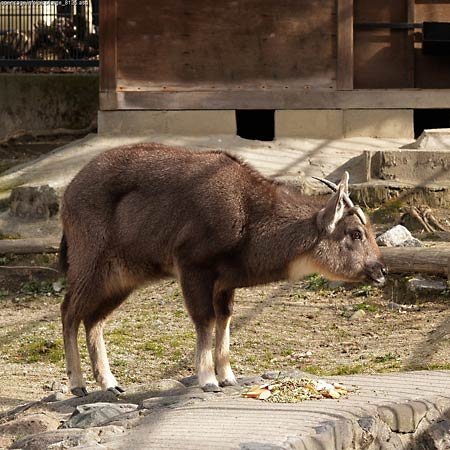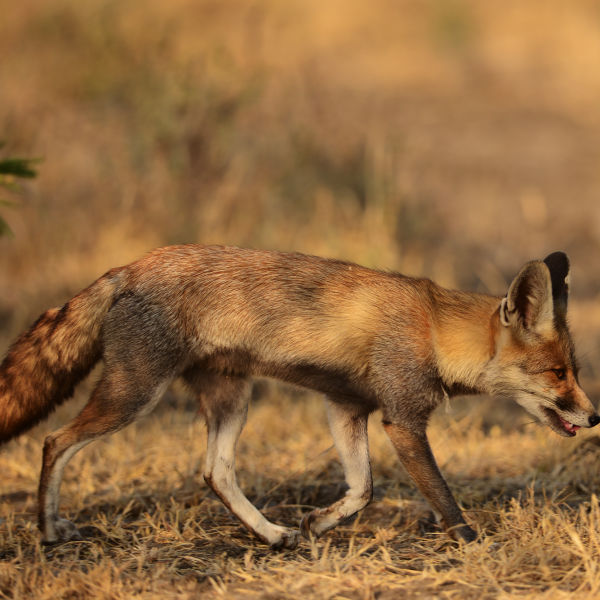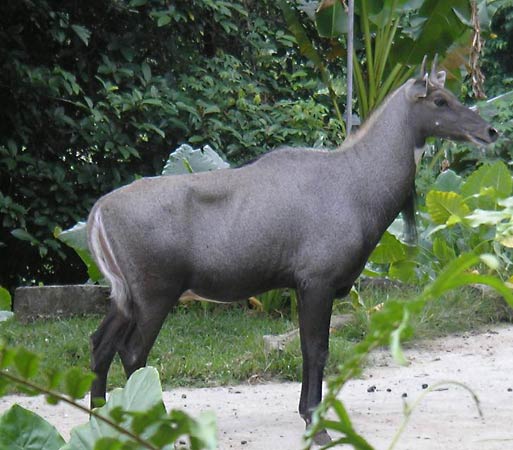After a long gap, the Indira Gandhi Zoological Park (IGZP) welcomed a Himalayan goral, Bengal fox and Nilgai as part of its animal exchange programme with National Zoological Park (NZP) in New Delhi.
|
Conservation Status |
|
|
IUCN |
Near Threatened |
|
CITES |
Appendix I |
|
Threats - Habitat loss and hunt for its meat |
|

|
Conservation Status |
|
|
IUCN |
Least Concern |
|
CITES |
No special status |
|
Wildlife Protection Act, 1972 |
Schedule II |
|
Threats - Human interactions with the fox’s environment. Habitat loss and degradation, hunting, persecution, roadkills, and changes in native species dynamics due to pathogens or parasites. |
|

|
Conservation Status |
|
|
IUCN |
Least Concern |
|
CITES |
No special status |
|
Wildlife Protection Act, 1972 |
Schedule III |
|
Threats - Overhunting |
|

Reference
National Medicinal Plants Board (NMPB) and CSIR-Central Institute of Medicinal and Aromatic Plants, (CSIR-CIMAP) have collaborated to promote the production of quality planting material (QPM) of medicinal plants.
Reference
Reference
https://pib.gov.in/PressReleasePage.aspx?PRID=1778470
|
Defence Industrial Corridor |
Nodes |
|
Uttar Pradesh Defence Industrial Corridor (UPDIC) |
6 nodes - Aligarh, Agra, Chitrakoot, Jhansi, Kanpur and Lucknow |
|
Tamil Nadu Defence Industrial Corridor (TNDIC) |
5 nodes - Chennai, Coimbatore, Hosur, Salem and Tiruchirappalli |
Reference
https://pib.gov.in/PressReleasePage.aspx?PRID=1778468
The Cost of Living Report, compiled by the Economist Intelligence Unit (EIU), was released recently.
Reference